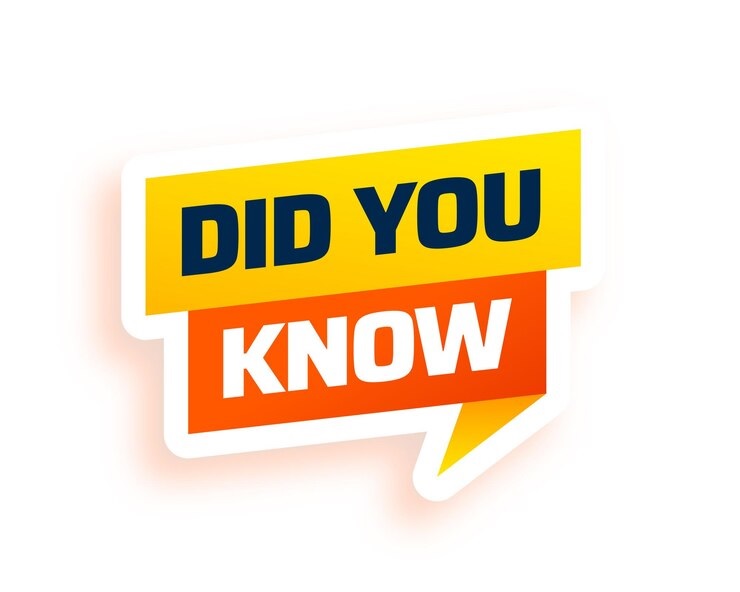Birds are fascinating creatures with unique features that help them live, fly, and thrive in various environments. In this chapter, we’ll learn all about the different body parts of birds, their types, and how their amazing features help them in their daily lives. Let’s explore the wonderful world of birds!
Birds and Their Body Parts
Birds are animals that have feathers, beaks, and lay eggs. They come in all shapes and sizes, and their bodies are specially adapted to help them survive and thrive in their environments.
Body Parts of Birds
– Beak: Birds have beaks instead of teeth. The shape and size of the beak depend on the bird’s diet.
– Wings: Most birds have wings that they use for flying, although some birds use their wings for other purposes, like swimming or balancing.
– Feathers: Feathers are essential for flight, insulation, and attracting mates. They come in different types and serve various functions.
– Feet and Claws: Birds use their feet and claws for different purposes, such as perching, climbing, or catching prey.
– Tail: The tail helps with balance and steering during flight.
Division of Birds
Birds can be divided into different groups based on their habits and how they use their body parts. Let’s look at some of these groups:
Perching Birds
Perching birds are known for their ability to rest on branches and other perches. They have strong, flexible toes that help them grip tightly.
– Examples: Sparrows, robins, and cardinals.
– Special Features: They have feet with three toes pointing forward and one toe pointing backward, which helps them grip branches securely.
Climbing Birds
Climbing birds are adapted to move easily on tree trunks and branches. They have strong claws and a different toe arrangement that helps them climb.
– Examples: Woodpeckers and creepers.
– Special Features: Woodpeckers have stiff tail feathers that support them as they peck at trees.
Flesh-Eating Birds
Flesh-eating birds, also known as raptors or birds of prey, have strong beaks and sharp talons for catching and eating other animals.
– Examples: Eagles, hawks, and vultures.
– Special Features: They have hooked beaks and sharp claws for tearing flesh and gripping prey.
Scratching Birds
Scratching birds are adapted to find food by scratching the ground. They have strong legs and feet designed for digging and scratching.
– Examples: Chickens and turkeys.
– Special Features: Their feet are adapted to scratch through dirt to find insects and seeds.
Swimming Birds
Swimming birds are designed to move efficiently in the water. They have webbed feet and special body shapes that help them swim.
– Examples: Ducks, swans, and penguins.
– Special Features: Ducks have webbed feet for paddling, while penguins have flipper-like wings for swimming.
Wading Birds
Wading birds are found in shallow waters and use their long legs to wade through the water. They have long, slender beaks for probing the mud.
– Examples: Herons, egrets, and flamingos.
– Special Features: They have long legs and necks that help them reach food in shallow water.
Feathers and Types of Feathers
Feathers are one of the most important features of birds. They help with flight, keep birds warm, and attract mates. There are several types of feathers, each serving a specific purpose.
Flight Feathers
Flight feathers are long, strong feathers found on the wings and tail. They are essential for flying and are specially designed to provide lift and control.
– Location: Found on the wings and tail.
– Function: Help birds fly by creating lift and providing stability.
Down Feathers
Down feathers are soft and fluffy feathers found underneath the outer feathers. They provide insulation to keep birds warm.
– Location: Beneath the outer feathers, close to the body.
– Function: Trap air close to the body, keeping the bird warm in cold weather.
Body Feathers
Body feathers cover the bird’s body and provide protection and insulation. They come in different shapes and sizes and help with camouflage.
– Location: Cover the bird’s body.
– Function: Protect the bird’s skin and help with camouflage.
Types of Beaks
Birds have different types of beaks based on their diet and feeding habits. Let’s explore the various types of beaks and their functions.
Strong, Sharp, and Curved Beaks
These beaks are designed for tearing and cutting food. They are often found in birds that eat meat.
– Examples: Eagles and hawks.
– Function: Tear flesh from prey and eat meat.
Short, Hard, and Horny Beaks
These beaks are adapted for cracking seeds and nuts. They are strong and durable to handle tough food.
– Examples: Finches and sparrows.
– Function: Crack open seeds and nuts.
Curved and Hooked Beaks
Curved and hooked beaks are designed for catching and holding prey. They are common in predatory birds.
– Examples: Falcons and owls.
– Function: Grip and kill prey.
Long and Slender Beaks
Long and slender beaks are used for probing and extracting food from narrow places, such as flowers or mud.
– Examples: Hummingbirds and sandpipers.
– Function: Reach into flowers or mud to find food.
Strong and Chisel-Shaped Beaks
These beaks are used for pecking at wood or other hard surfaces. They are common in woodpeckers.
– Examples: Woodpeckers.
– Function: Peck at trees to find insects or create nests.
Broad and Short Beaks
Broad and short beaks are used for catching insects and small creatures. They are designed to handle a variety of food.
– Examples: Swallows and martins.
– Function: Catch insects in flight or from the ground.
Broad and Flat Beaks
Broad and flat beaks are adapted for filtering food from water or mud. They are common in birds that feed on small organisms in water.
– Examples: Ducks and flamingos.
– Function: Filter small food particles from water or mud.

Roseate Spoonbill use the color of their beaks to help regulate their body temperature.
Beak of Kiwi are covered with tiny, sensitive nerve endings that help them detect prey in the dark or buried underground.
The Peregrine Falcon’s feet have tiny, barbed structures that help it grip slippery prey, like birds or small mammals, during high-speed chases.
New Caledonian Crow can use their beaks to craft tools from twigs and leaves to help them get food, showing their remarkable problem-solving skills.
Great Horned Owl have specially adapted claws that they use during courtship displays to show off their strength and attract mates.
Feet and Claws
Birds’ feet and claws are adapted for various functions, including perching, walking, climbing, and catching prey.
Perching Feet
Perching feet are designed to grip onto branches and other surfaces. They have a special arrangement of toes to help birds perch securely.
– Examples: Sparrows and robins.
– Function: Hold onto branches and perches.
Climbing Feet
Climbing feet are equipped with strong claws and a different toe arrangement to help birds move up and down tree trunks.
– Examples: Woodpeckers and treecreepers.
– Function: Climb and cling to tree trunks.
Grasping Feet
Grasping feet are strong and equipped with sharp talons for catching and holding onto prey.
– Examples: Eagles and hawks.
– Function: Catch and hold onto prey.
Swimming Feet
Swimming feet are webbed to help birds move efficiently through water.
– Examples: Ducks and swans.
– Function: Paddle and move through water.
Wading Feet
Wading feet have long legs and are adapted for walking through shallow water.
– Examples: Herons and flamingos.
– Function: Walk through shallow water to find food.
Special Features That Help Birds Fly
Birds have several special features that make flying possible. Let’s take a look at some of these amazing adaptations.
Lightweight Bones
Birds have hollow bones that make their bodies lighter, which helps them stay in the air.
– Function: Reduce weight and make flying easier.
Powerful Muscles
Birds have strong muscles, especially in their chest, that power their wings and enable them to fly.
– Function: Provide the strength needed for flapping wings and staying in the air.
Streamlined Body
Birds have a streamlined body shape that reduces air resistance and helps them glide smoothly through the air.
– Function: Minimize drag and improve flight efficiency.
Tail Feathers
Tail feathers help birds steer and balance while flying. They can adjust their position to control direction and speed.
– Function: Aid in steering and maintaining balance during flight.
The Flight of the Bird
Bird flight is an incredible feat of nature. Let’s understand how birds fly by looking at the two main strokes of their wings.
Upstroke
During the upstroke, a bird’s wings move upward, which helps them prepare for the next downstroke. This movement is often used to catch air and lift the bird higher.
– Function: Helps prepare for the next powerful downstroke and allows birds to glide or hover.
Downstroke
The downstroke is the powerful movement where a bird’s wings push down against the air, providing lift and thrust. This is the main movement that propels birds into the sky.
– Function: Provides the lift and thrust needed for flying and moving forward.
The worksheet covers the following topics-
Division of birds
Perching birds
Climbing birds
Flesh eating birds
Scratching birds
Swimming birds
Wading birds
Feathers and types of feathers
Flight feathers, Down feathers, Body feathers
Types of beaks
Strong, sharp and curved beaks
Short, hard and horny beaks,
Curved and hooked beaks
Long and slender beaks
Strong and chisel shaped beaks
Broad and short beaks
Broad and flat beaks
Feet and claws
Special Features which help bird to fly
Flight of the bird
Upstroke, Downstroke





